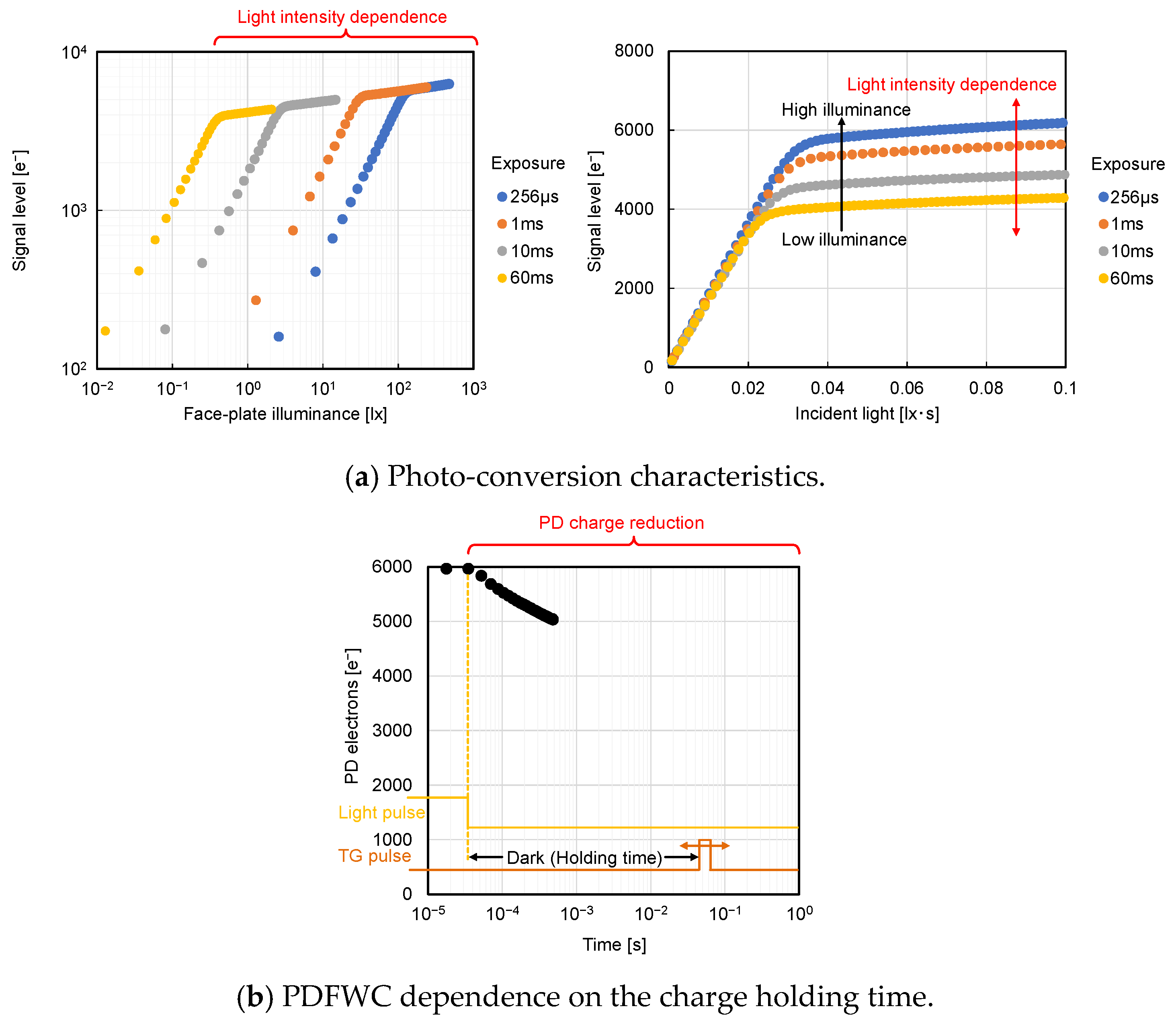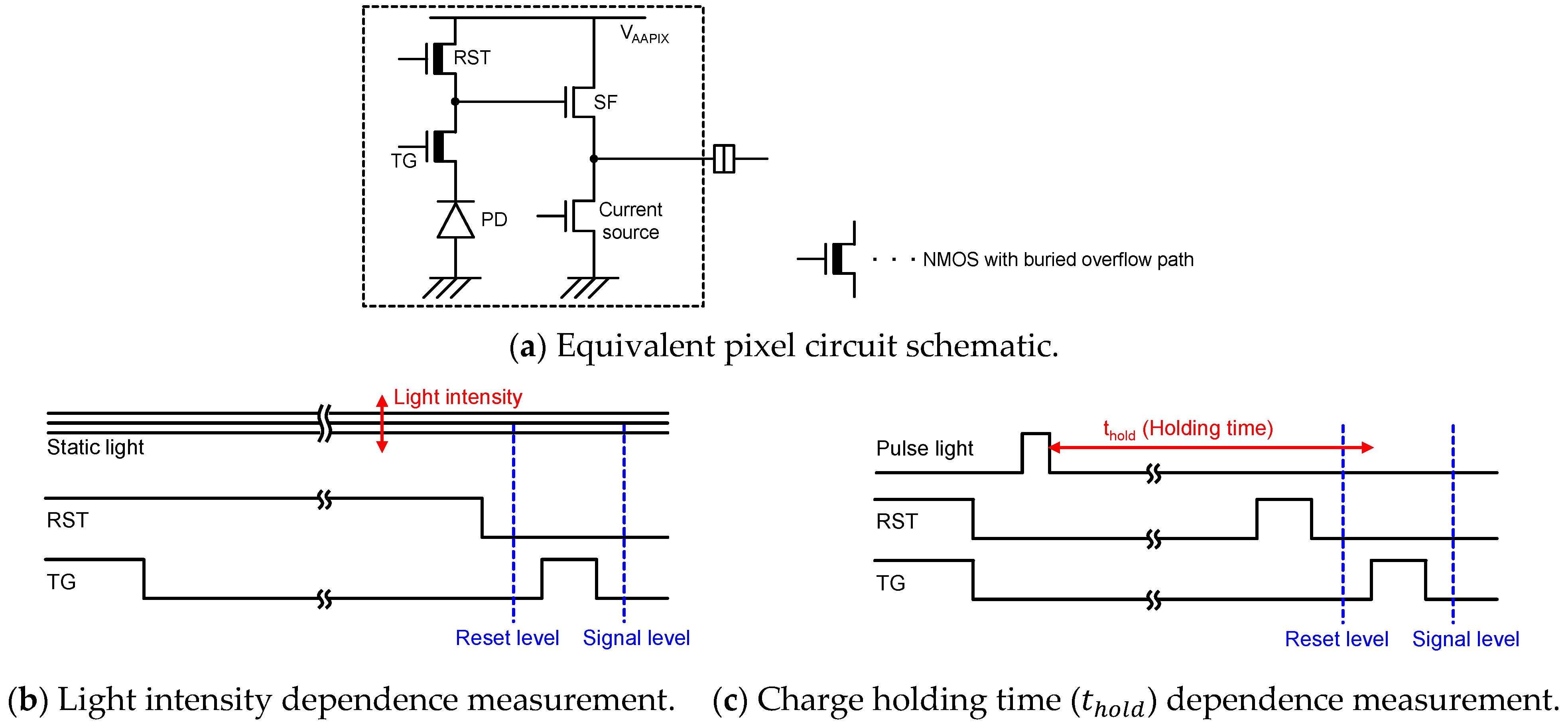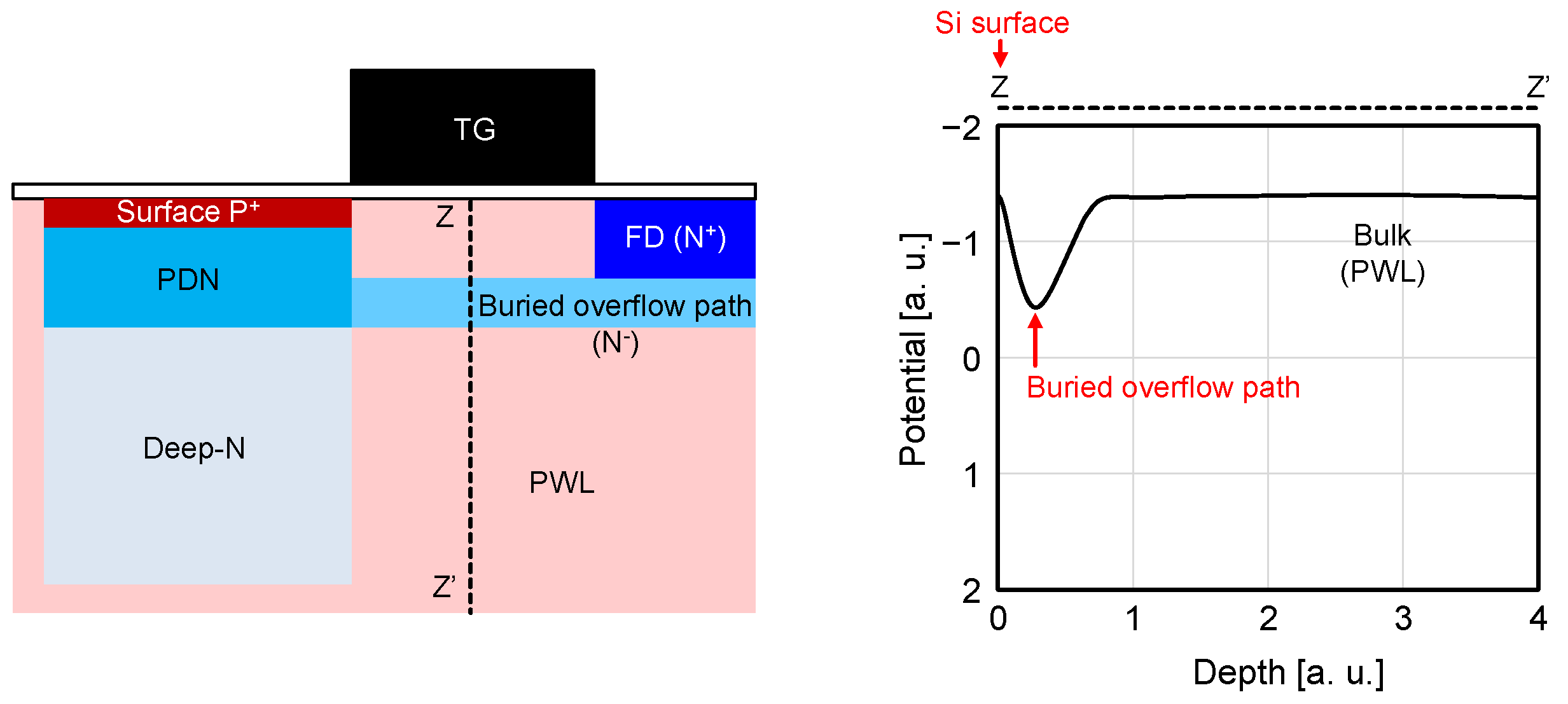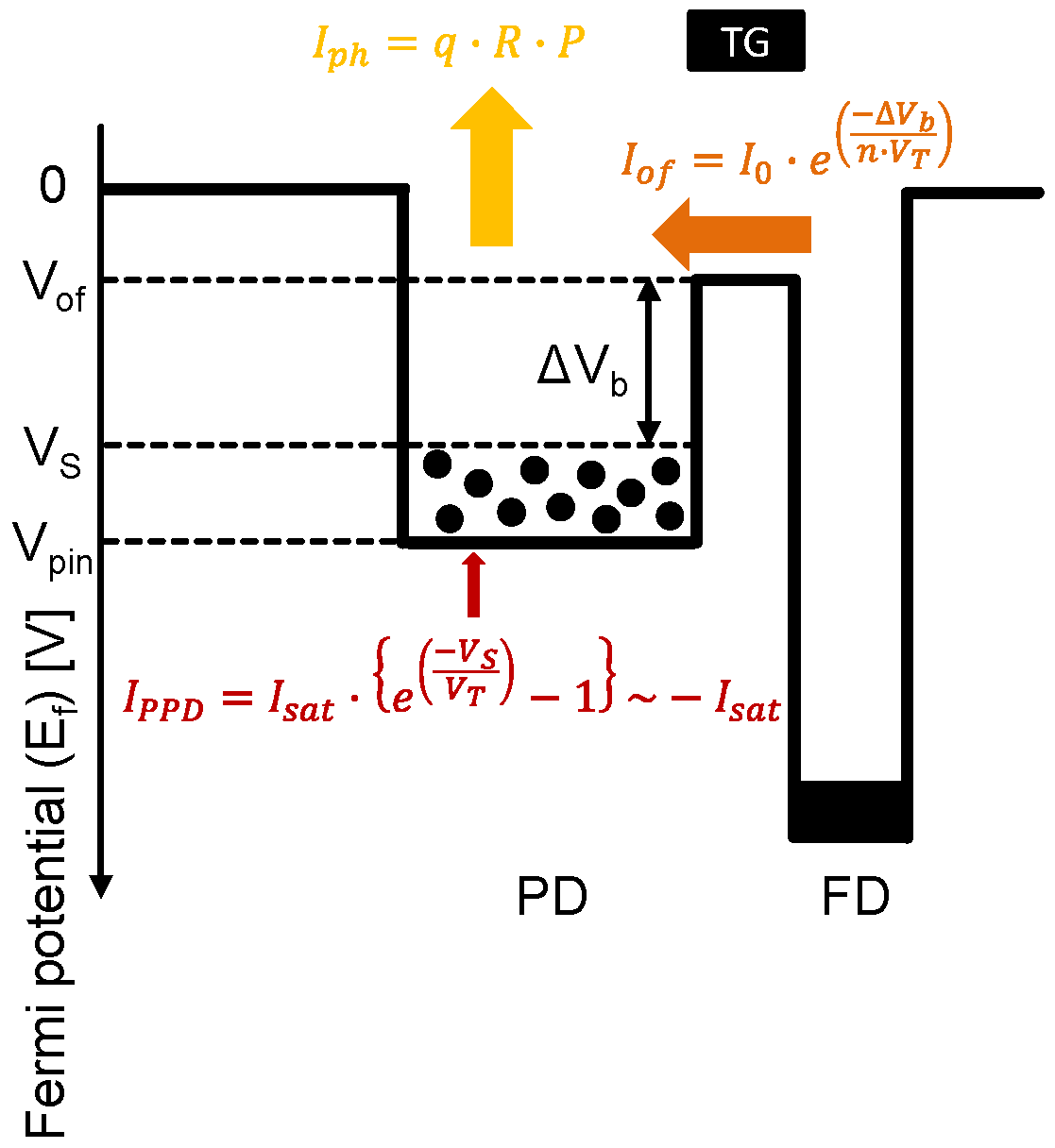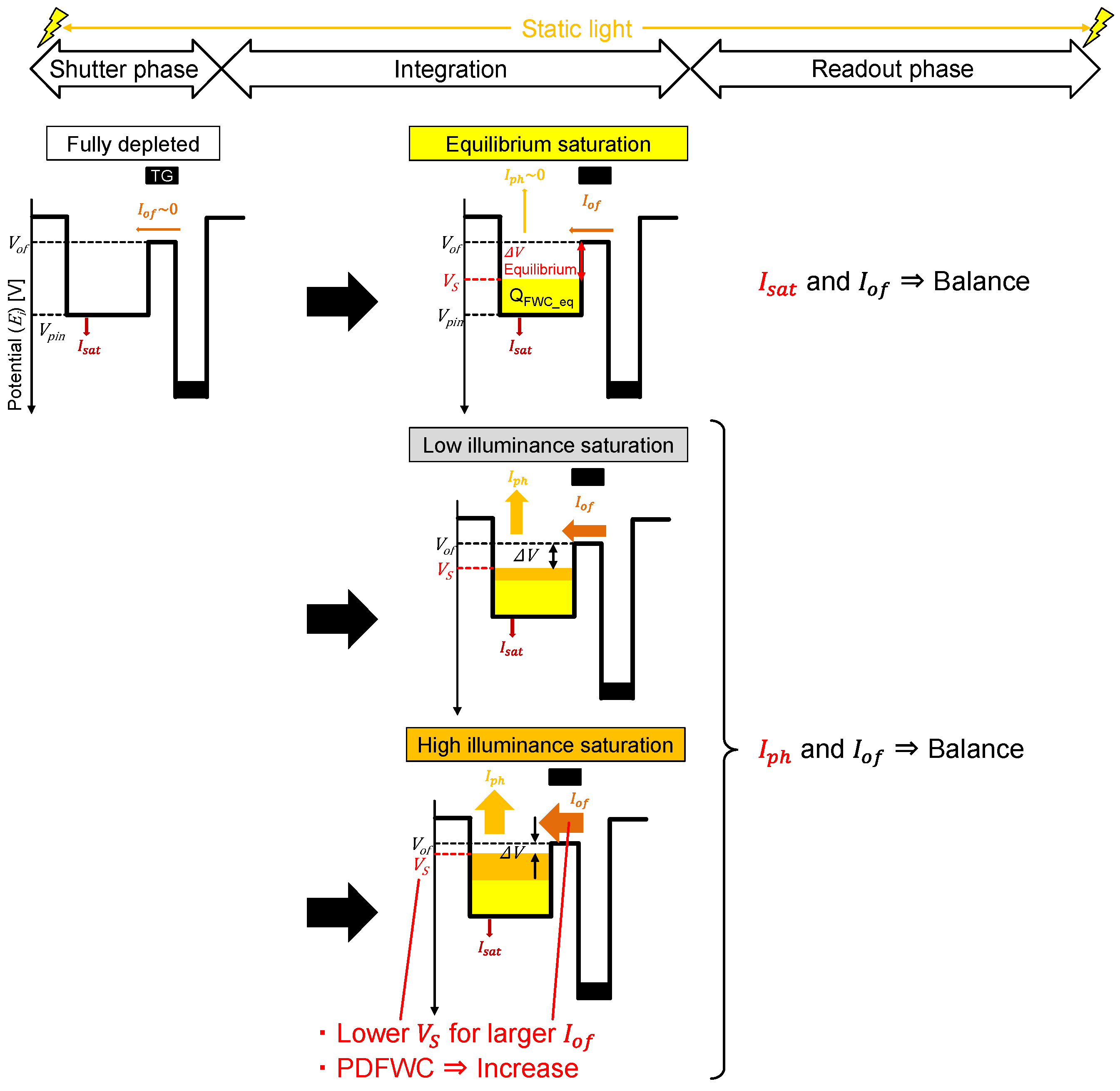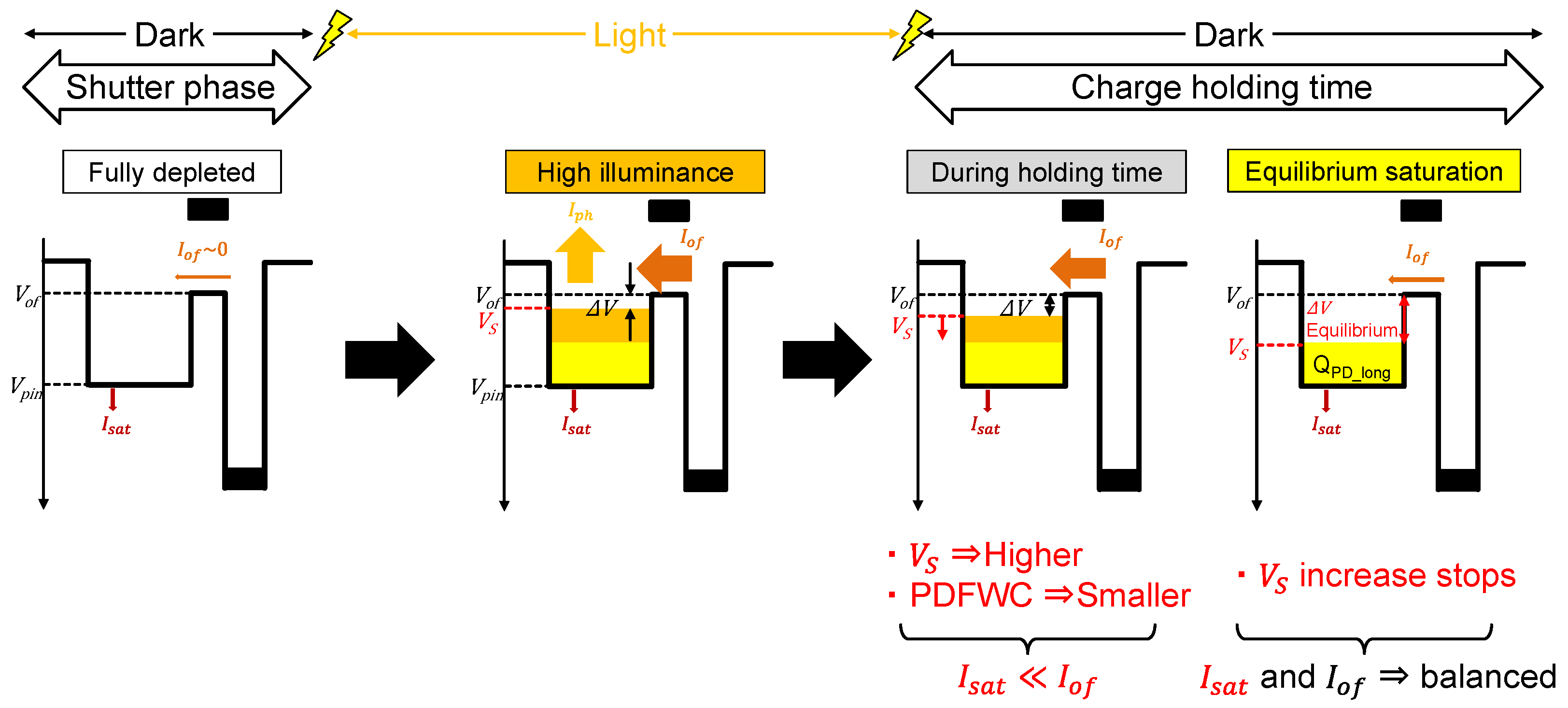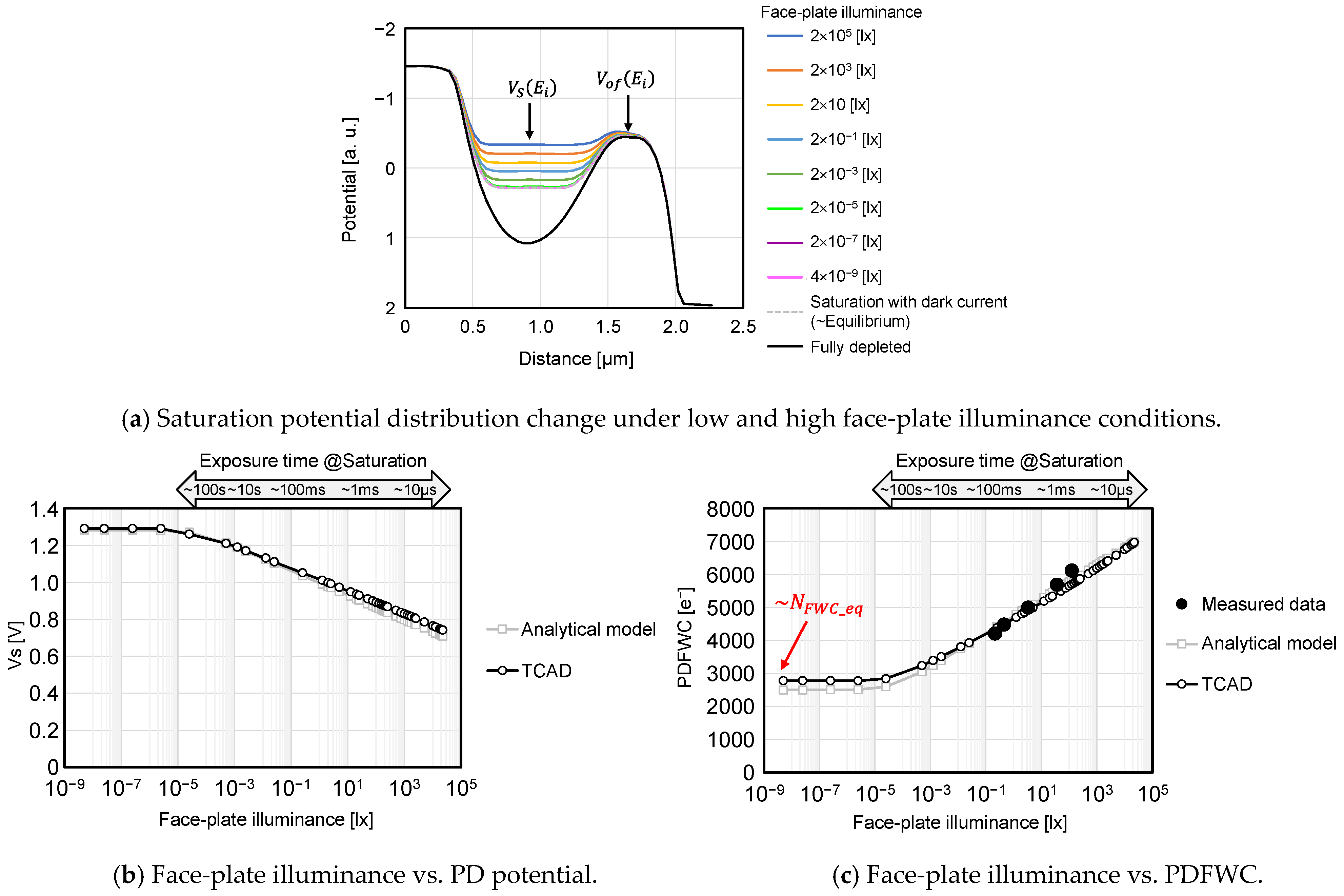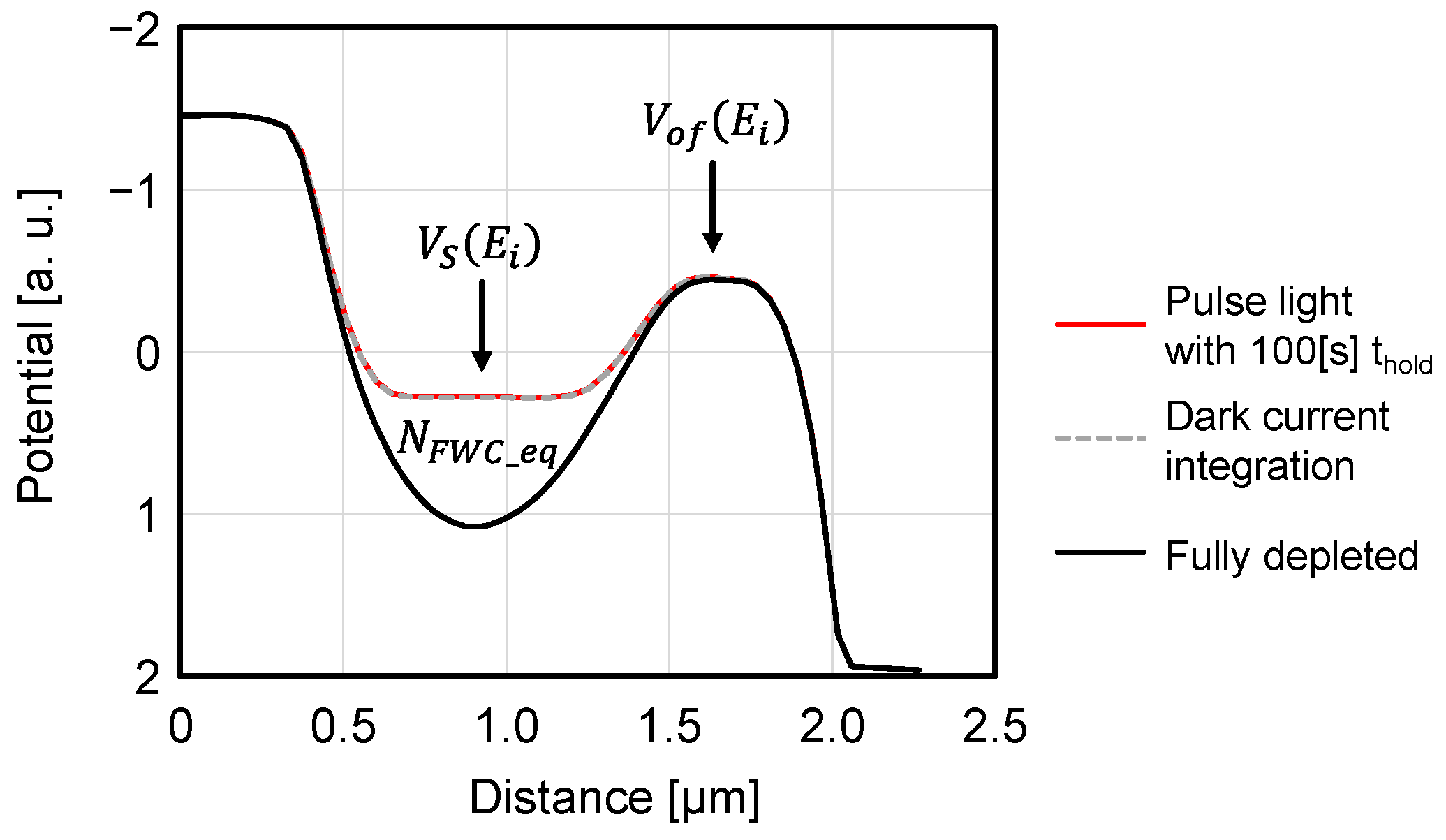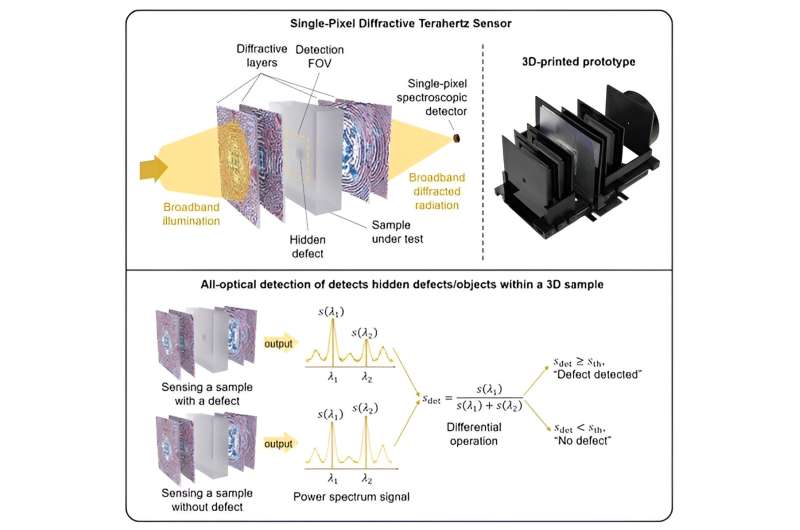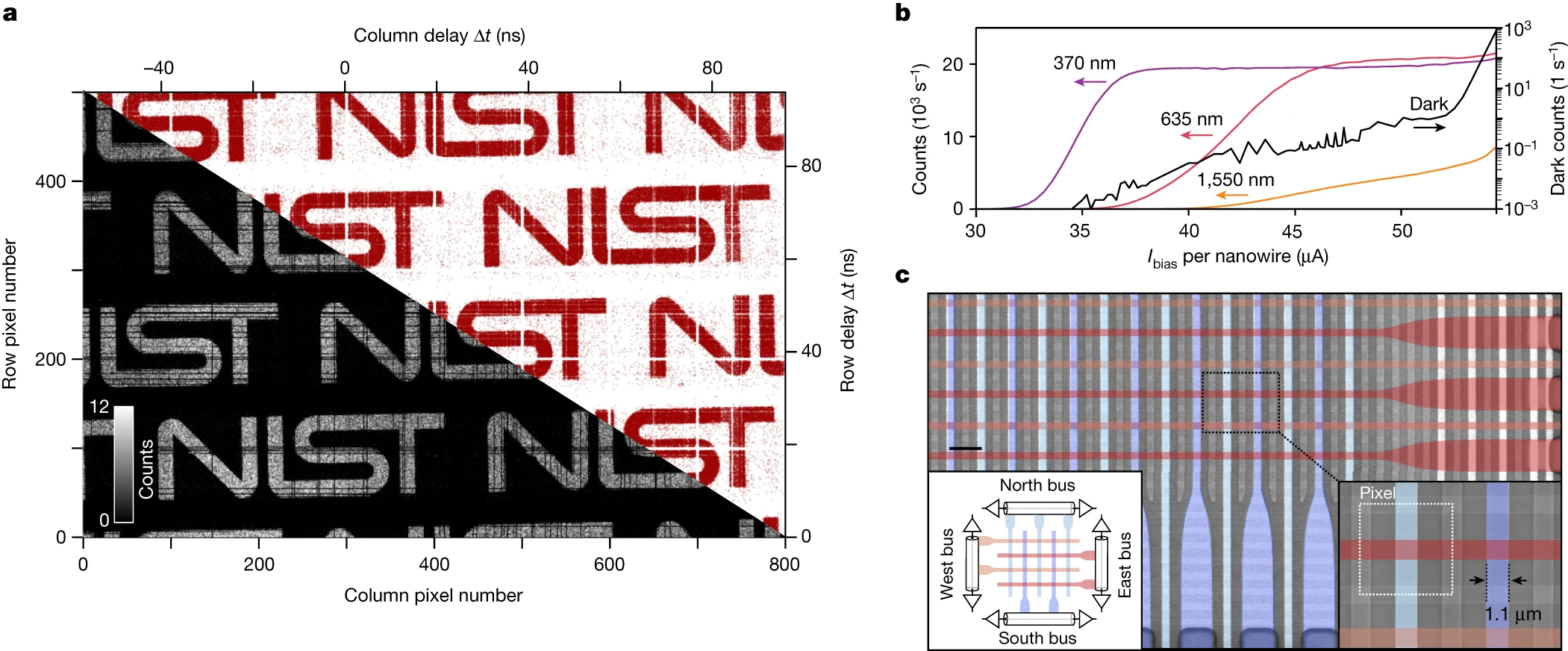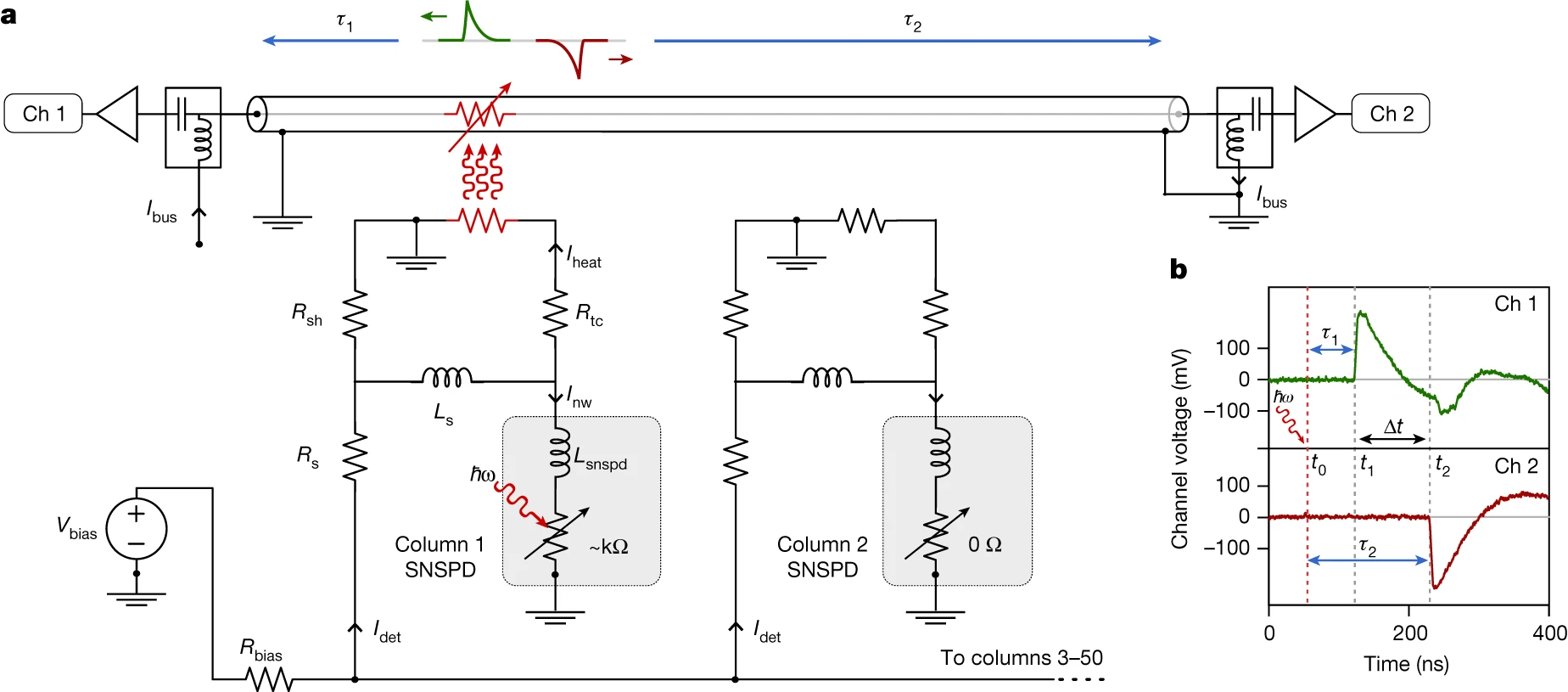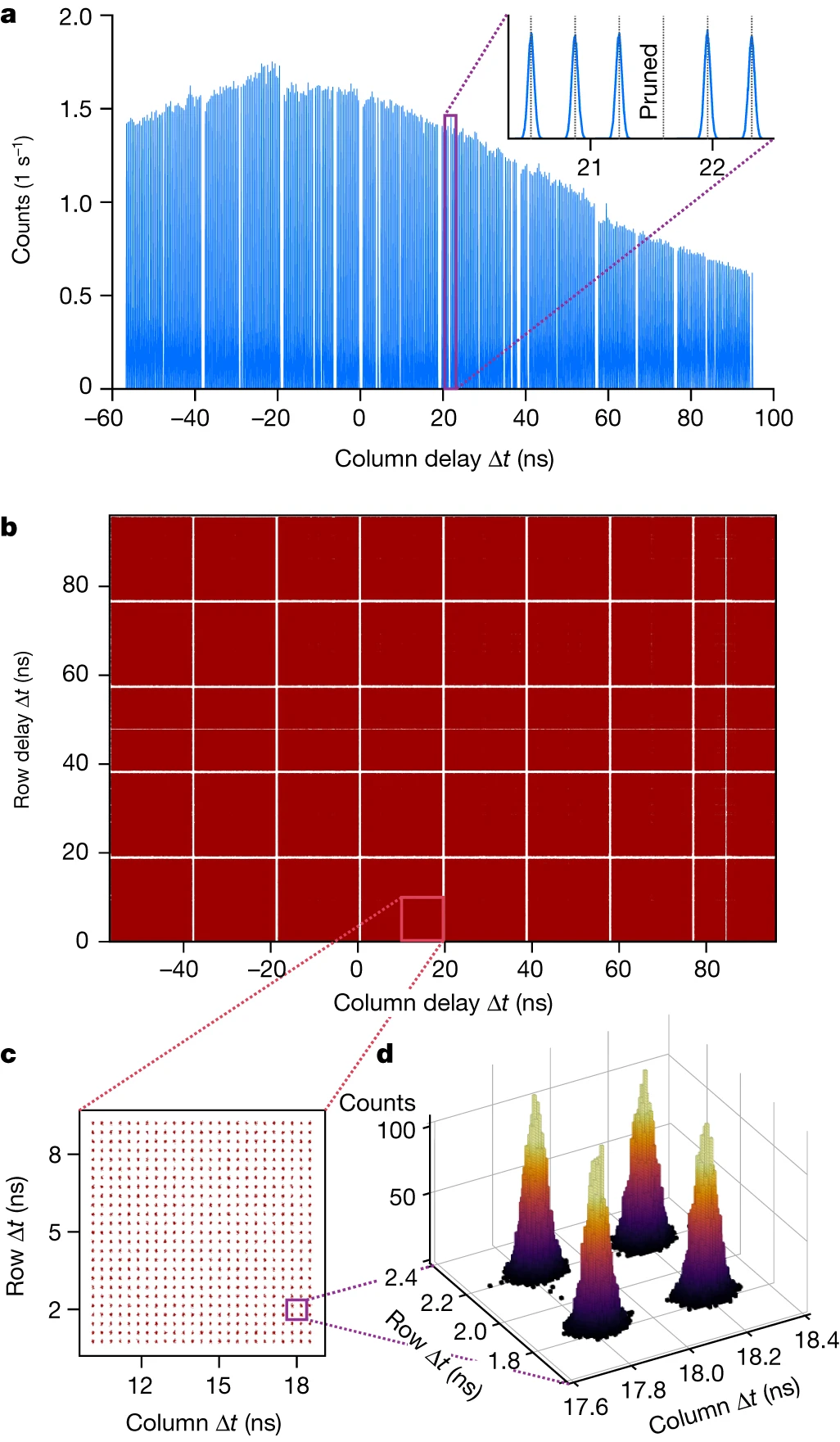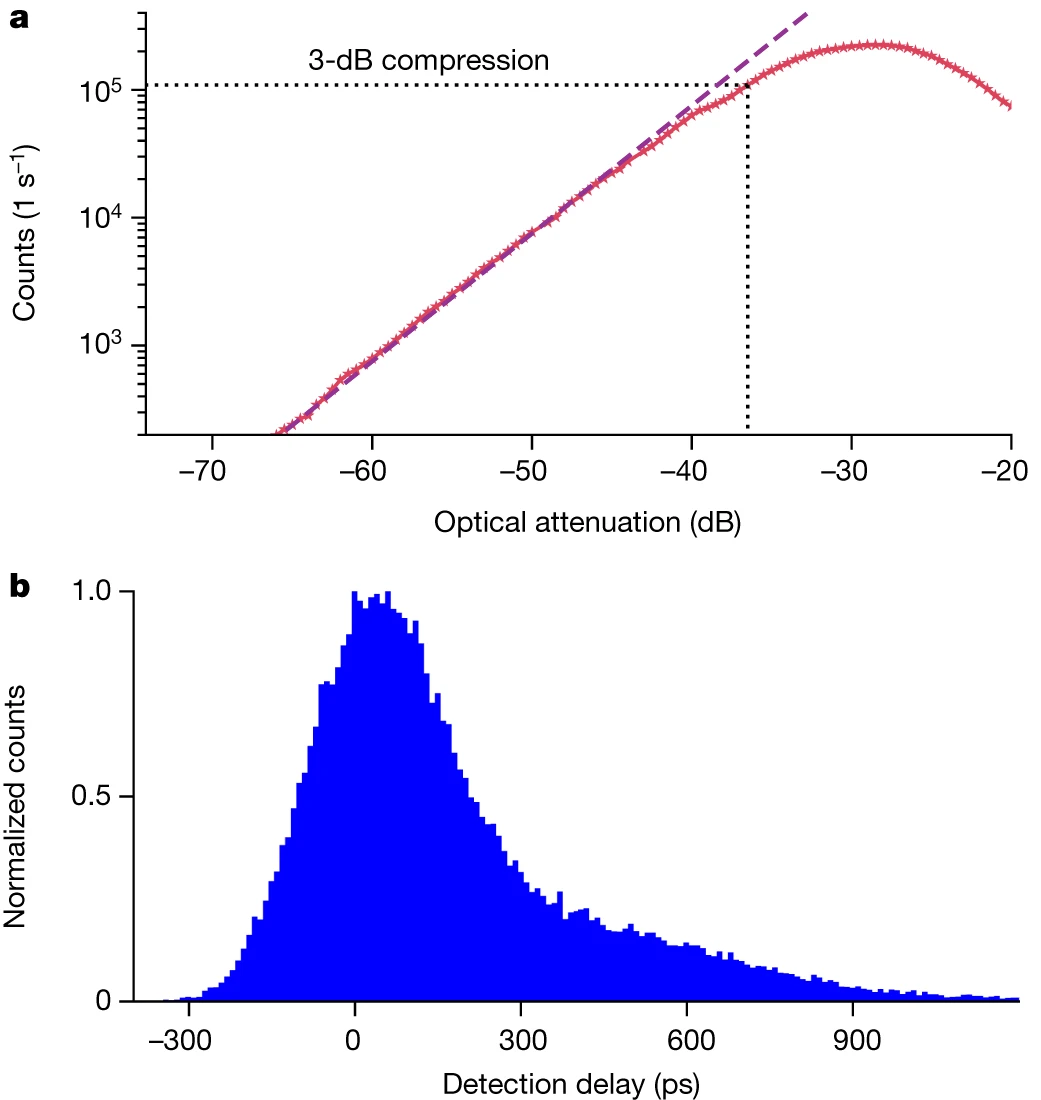ISSCC will be held Feb 18-22, 2024 in San Francisco, CA.
Link to advanced program: https://submissions.mirasmart.com/ISSCC2024/PDF/ISSCC2024AdvanceProgram.pdf
There are several papers of interest in Session 6 on Imagers and Ultrasound.
6.1 12Mb/s 4×4 Ultrasound MIMO Relay with Wireless Power and Communication for Neural Interfaces
E. So, A. Arbabian (Stanford University, Stanford, CA)
6.2 An Ultrasound-Powering TX with a Global Charge-Redistribution Adiabatic Drive Achieving 69% Power Reduction and 53° Maximum Beam Steering Angle for Implantable Applications
M. Gourdouparis1,2, C. Shi1 , Y. He1 , S. Stanzione1 , R. Ukropec3 , P. Gijsenbergh3 , V. Rochus3 , N. Van Helleputte3 , W. Serdijn2 , Y-H. Liu1,2
1 imec, Eindhoven, The Netherlands
2 Delft University of Technology, Delft, The Netherlands
3 imec, Leuven, Belgium
6.3 Imager with In-Sensor Event Detection and Morphological Transformations with 2.9pJ/pixel×frame Object Segmentation FOM for Always-On Surveillance in 40nm
J. Vohra, A. Gupta, M. Alioto, National University of Singapore, Singapore, Singapore
6.4 A Resonant High-Voltage Pulser for Battery-Powered Ultrasound Devices
I. Bellouki1 , N. Rozsa1 , Z-Y. Chang1 , Z. Chen1 , M. Tan1,2, M. Pertijs1
1 Delft University of Technology, Delft, The Netherlands
2 SonoSilicon, Hangzhou, China
6.5 A 0.5°-Resolution Hybrid Dual-Band Ultrasound Imaging SoC for UAV Applications
J. Guo1 , J. Feng1 , S. Chen1 , L. Wu1 , C-W. Tsai1,2, Y. Huang1 , B. Lin1 , J. Yoo1,2
1 National University of Singapore, Singapore, Singapore
2 The N.1 Institute for Health, Singapore, Singapore
6.6 A 10,000 Inference/s Vision Chip with SPAD Imaging and Reconfigurable Intelligent Spike-Based Vision Processor
X. Yang*1 , F. Lei*1 , N. Tian*1 , C. Shi2 , Z. Wang1 , S. Yu1 , R. Dou1 , P. Feng1 , N. Qi1 , J. Liu1 , N. Wu1 , L. Liu1
1 Chinese Academy of Sciences, Beijing, China 2 Chongqing University, Chongqing, China
*Equally Credited Authors (ECAs)
6.7 A 160×120 Flash LiDAR Sensor with Fully Analog-Assisted In-Pixel Histogramming TDC Based on Self-Referenced SAR ADC
S-H. Han1 , S. Park1 , J-H. Chun2,3, J. Choi2,3, S-J. Kim1
1 Ulsan National Institute of Science and Technology, Ulsan, Korea
2 Sungkyunkwan University, Suwon, Korea
3 SolidVue, Seongnam, Korea
6.8 A 256×192-Pixel 30fps Automotive Direct Time-of-Flight LiDAR Using 8× Current-Integrating-Based TIA, Hybrid Pulse Position/Width Converter, and Intensity/CNN-Guided 3D Inpainting
C. Zou1 , Y. Ou1 , Y. Zhu1 , R. P. Martins1,2, C-H. Chan1 , M. Zhang1
1 University of Macau, Macau, China
2 Instituto Superior Tecnico/University of Lisboa, Lisbon, Portugal
6.9 A 0.35V 0.367TOPS/W Image Sensor with 3-Layer Optical-Electronic Hybrid Convolutional Neural Network
X. Wang*, Z. Huang*, T. Liu, W. Shi, H. Chen, M. Zhang
Tsinghua University, Beijing, China
*Equally Credited Authors (ECAs)
6.10 A 1/1.56-inch 50Mpixel CMOS Image Sensor with 0.5μm pitch Quad Photodiode Separated by Front Deep Trench Isolation
D. Kim, K. Cho, H-C. Ji, M. Kim, J. Kim, T. Kim, S. Seo, D. Im, Y-N. Lee, J. Choi, S. Yoon, I. Noh, J. Kim, K. J. Lee, H. Jung, J. Shin, H. Hur, K. E. Chang, I. Cho, K. Woo, B. S. Moon, J. Kim, Y. Ahn, D. Sim, S. Park, W. Lee, K. Kim, C. K. Chang, H. Yoon, J. Kim, S-I. Kim, H. Kim, C-R. Moon, J. Song
Samsung Semiconductor, Hwaseong, Korea
6.11 A 320x240 CMOS LiDAR Sensor with 6-Transistor nMOS-Only SPAD Analog Front-End and Area-Efficient Priority Histogram Memory
M. Kim*1 , H. Seo*1,2, S. Kim1 , J-H. Chun1,2, S-J. Kim3 , J. Choi*1,2
1 Sungkyunkwan University, Suwon, Korea
2 SolidVue, Seongnam, Korea
3 Ulsan National Institute of Science and Technology, Ulsan, Korea
*Equally Credited Authors (ECAs)
Imaging papers in other sessions:
17.3 A Fully Wireless, Miniaturized, Multicolor Fluorescence Image Sensor Implant for Real-Time Monitoring in Cancer Therapy
R. Rabbani*1 , M. Roschelle*1 , S. Gweon1 , R. Kumar1 , A. Vercruysse1 , N. W. Cho2 , M. H. Spitzer2 , A. M. Niknejad1 , V. M. Stojanovic1 , M. Anwar1,2
1 University of California, Berkeley, CA
2 University of California, San Francisco, CA
*Equally Credited Authors (ECAs)
33.10 A 2.7ps-ToF-Resolution and 12.5mW Frequency-Domain NIRS Readout IC with Dynamic Light Sensing Frontend and Cross-Coupling-Free Inter-Stabilized Data Converter
Z. Ma1 , Y. Lin1 , C. Chen1 , X. Qi1 , Y. Li1 , K-T. Tang2 , F. Wang3 , T. Zhang4 , G. Wang1 , J. Zhao1
1 Shanghai Jiao Tong University, Shanghai, China
2 National Tsing Hua University, Hsinchu, Taiwan
3 Shanghai United Imaging Microelectronics Technology, Shanghai, China
4 Shanghai Mental Health Center, Shanghai, China
